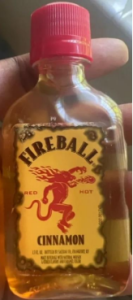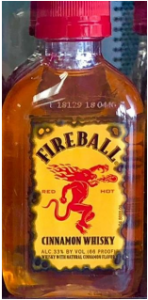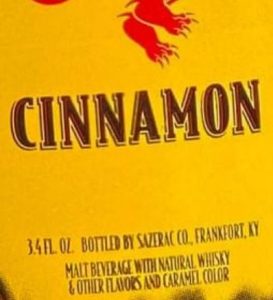Marketing Goods for Sale: Protecting the Consumer from Deceptive Acts or Practices
All states have laws that prohibit unfair and deceptive practices in consumer transactions. While the scope of protection these laws afford consumers vary from state to state, the laws all seek to provide fair treatment of consumers in the marketplace by prohibiting conduct that is likely to mislead a reasonable consumer.
When it comes to advertising goods, such conduct includes misrepresentation of fact and/or omission of necessary information. Interpreting whether an ad, such as a product label, includes a misleading representation and/or a misleading omission requires considering the net impression created by the ad in the mind of the consumer. Specifically, it is important to determine how a reasonable consumer is likely to respond to the ad. Factors to consider in this determination include the clarity of the representation, the conspicuousness of any qualifying information, the importance of omitted information, and public familiarity with the product or service.
Recent Example: Sazerac Co., Inc. (“Sazerac”)
These factors are at play in the recent class action lawsuit filed against Sazerac, the alcohol brand behind Fireball Cinnamon Whisky and Fireball Cinnamon. Plaintiff alleges fraud and deceptive trade practices against Sazerac for misleading representations and omissions relating to product labeling. In particular, Plaintiff asserts that the two products have nearly identical branding with similar labeling (shown below) between mini bottles of classic 33% ABV Fireball Cinnamon Whisky and Fireball Cinnamon, a flavored malt beverage that contains no actual whisky, that makes it difficult for buyers to discern which product they are purchasing – one that contains whisky or one that does not. As evidence, Plaintiff points to the mini Fireball Cinnamon bottles, which only include the words “malt beverage” in inconspicuous small font and the phrasing on the malt-based products’ label that reads “With Natural Whisky & Other Flavors and Caramel Color”. Plaintiff contends this labeling contributes to consumers’ confusion by creating an impression that the malt-based beverage contains added natural whisky and other flavors rather than merely natural whisky flavors.
To avoid potential litigation, businesses and, in particular, marketing departments should evaluate product labels and other forms of advertisement before publicly offering products for sale and promoting different products under a similar brand name.


